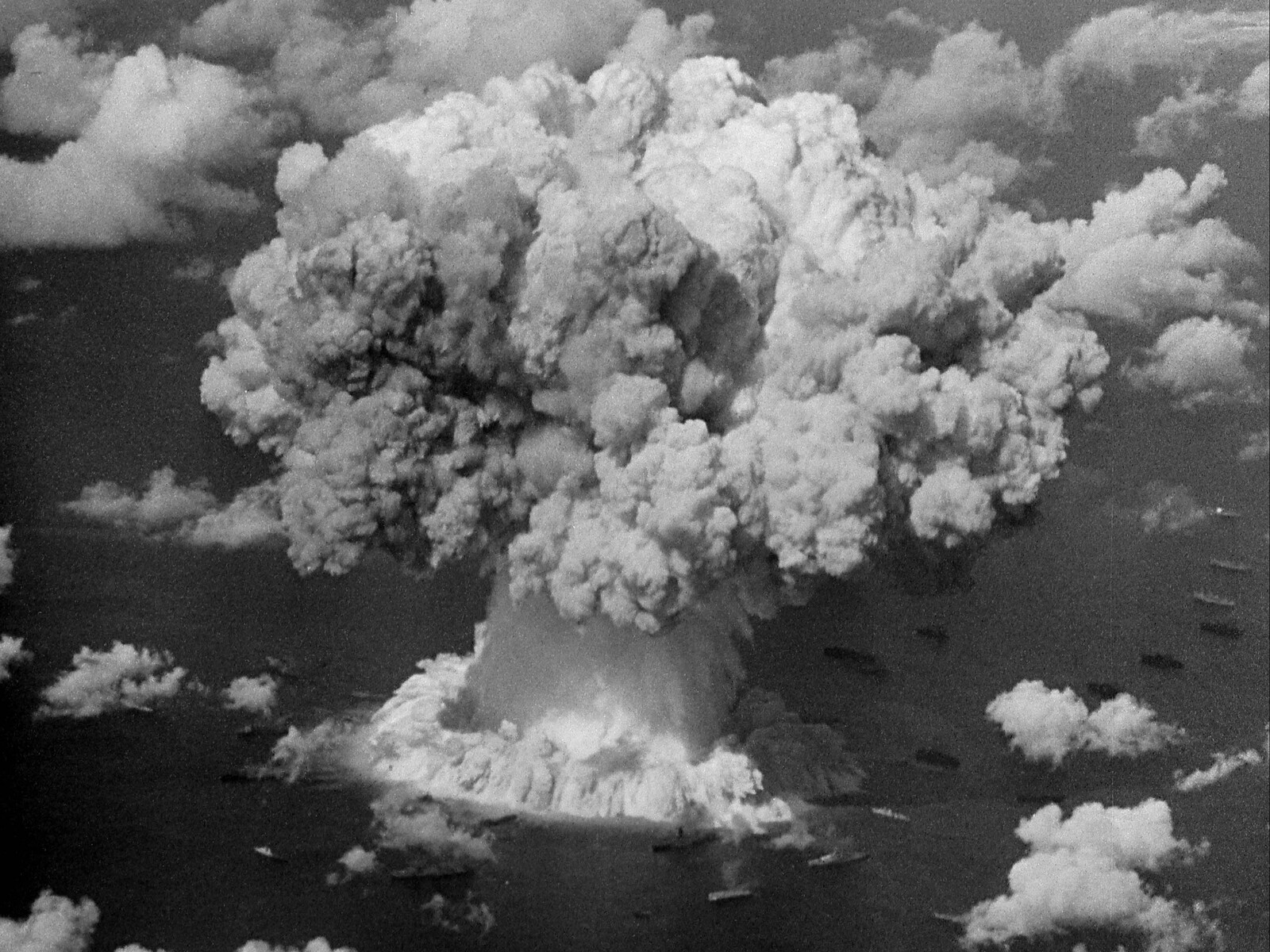May 5–November 28, 2021
Paul Sacher-Anlage 1
4058 Basel
Switzerland
Hours: Tuesday–Sunday 11am–6pm,
Thursday 11am–9pm
tinguelybasel.infos@roche.com
Bruce Conner’s (1933–2008) work in various media is radical and wide-ranging, at once hauntingly beautiful and horrifyingly bleak; it is political, subversive, and powered by a sensual immediacy that gets under the skin. Many of his early collages, assemblages and installations are made of low-quality, ephemeral materials such as nylon, wax or worn textiles and hence are too fragile to be exhibited except on very rare occasions.
The exhibition at Museum Tinguely focuses on Conner’s experimental films with a representative selection of nine works. Among these is Crossroads (1976), a film that assembles footage of the first U.S. underwater atom bomb tests at Bikini Atoll in 1946 into a 36-minute study on the horror and sublimity of this apocalyptic event.
Conner’s first film, A Movie (1958), is a collage of found footage gleaned from newsreels, B movies and graphic animation. The result is a radically experimental film in which he deconstructs and reconstructs filmmaking and storytelling techniques, while at the same time using the effects of overstimulation, fade-ins, cross-fading and afterimages to probe the limits of retinal perception.
In Report (1963–1967), Conner attempts to push back against the power of those few iconic media images that he believes obscured the actual event and exploited the slain president by essentially “deifying” him, and instead brings other pictures and other readings to the fore.
Mea Culpa (1981) is a tour de force of sampling, in which Conner recycles the animated graphics of historical physics teaching films. The film techniques Conner employed—the jump cut, flash frame, flickering, reverse editing, fast cutting, double and multiple exposures, and the use of found footage—all had a formative influence not just on the experimental filmmaking of his age, but also on the pioneering phase of the MTV music video.
Light Out of Darkness references a solo exhibition project of the same name for the University Art Museum at Berkeley, California, which never actually took place because of Conner’s refusal to compromise in his dealings with institutions, whose rules for artists he would not accept. The title Light Out of Darkness emphasizes the experimental character of Conner’s filmic output, which in his early works, especially, resembles a brilliant probing of human perception. The symbolic dualism of light and darkness stands as well for the artist’s propensity to think in opposites and metaphors and for his mysticism.




